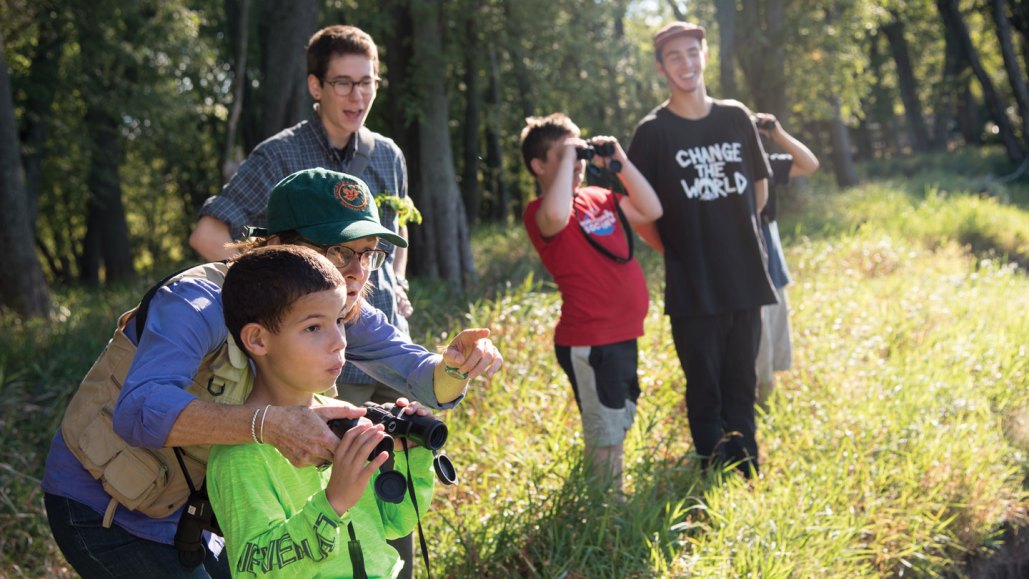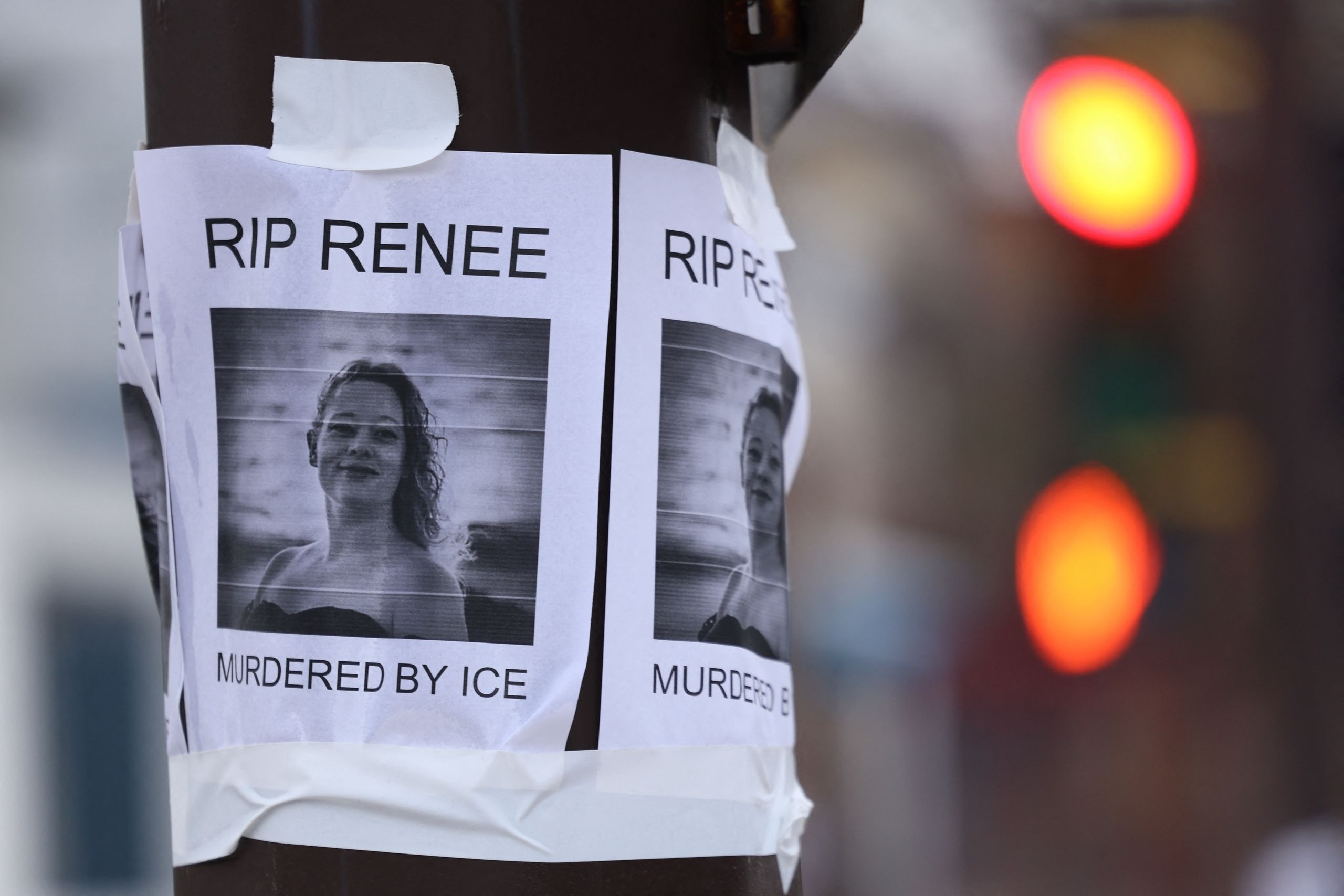Exploring the Life-changing Effects of Bird-watching in a New Book

The book "Birding to Change the World" by Trish O'Kane explores the change in direction of her life that came with the discovery of birding. O'Kane was really captivated by the northern cardinal which she observed shortly after being displaced by Hurricane Katrina. This was the beginning of her birding venture that took up over 1,960 hours, and led to her filling 33 notebooks with the behaviors of birds, as well as a shift in her career path.
In the memoir, O'Kane narrates her transition from human rights journalism to environmentalism. Prior to her new interest in birding, O'Kane had been employed as a researcher for hate crimes, an investigative journalist, and an instructor for mothers in prison before she got a job teaching journalism at Loyola University in New Orleans. This was just a week before Hurricane Katrina made landfall (SN: 8/23/15).
O’Kane confesses that she had previously not given much thought to environmental matters, as her primary focus had been on issues such as war, economic inequality and combating racism and white supremacy. She describes how her passion for birds began just a few days before Katrina, and shares how her perception of birds changed from simply beautiful creatures, to conscious beings with an awareness of their surroundings.
She also provides a detailed account of scientific research and interviews, explaining the peculiar capabilities of birds, and why humans find them strange. Her particular example was her realization that the gulls were reacting to the drastic decrease in barometric pressure brought about by Hurricane Katrina.
O’Kane had to find a balance between work and the loss of her home following the hurricane. She found comfort and peace in bird-watching at Audubon Park in New Orleans. In fact, she started bringing her students along with her to engage in writing sessions at the park. She shares about the house sparrow’s adaptability and resourcefulness in the midst of disaster, which changed the way she viewed wildlife. This led her to start considering the impact her actions had on wildlife, ultimately pushing her to make the decision to study environmental science.
Major part of her work was centered on conservation efforts at Warner Park, located near Lake Mendota. She not only attended her ornithology classes but also led campaigns against potential destruction of the park’s ecosystem. Her initiative grew into a community of wildlife enthusiasts known as Wild Warner, who worked collectively to protect the park. This group later became an integral part of her dissertation.
The memoir serves as a reminder that an academic degree is not necessary to learn about and appreciate nature. Characters such as Jan, a retired worker suffering from a chronic illness, and Jeremy, a seemingly disinterested student, played an integral role in demonstrating this.
Her love for common birds also plays a significant role in her work. She shed light on the daily wonders of nature that occur in our neighborhoods, an aspect bird-watchers often overlook as they chase after rare species of birds. Her migration study of local birds shows her dedication towards common birds.
“Birding to Change the World” is essentially about the interdependence of birds and humans. It sheds light on how birds rely on people for their survival, such as the preservation of their natural habitat, and how people also benefit from this relationship.
“For millennia, our species has seen birds as symbols of liberation,” O’Kane writes. In her case, it was liberation from the grief and depression that Katrina brought. “Bird by bird, every chickadee, nuthatch, catbird, wren, and owl forged a new neural pathway in my brain, a joyful pathway.”
Buy Birding to Change the World from Bookshop.org. Science News is a Bookshop.org affiliate and will earn a commission on purchases made from links in this article.




